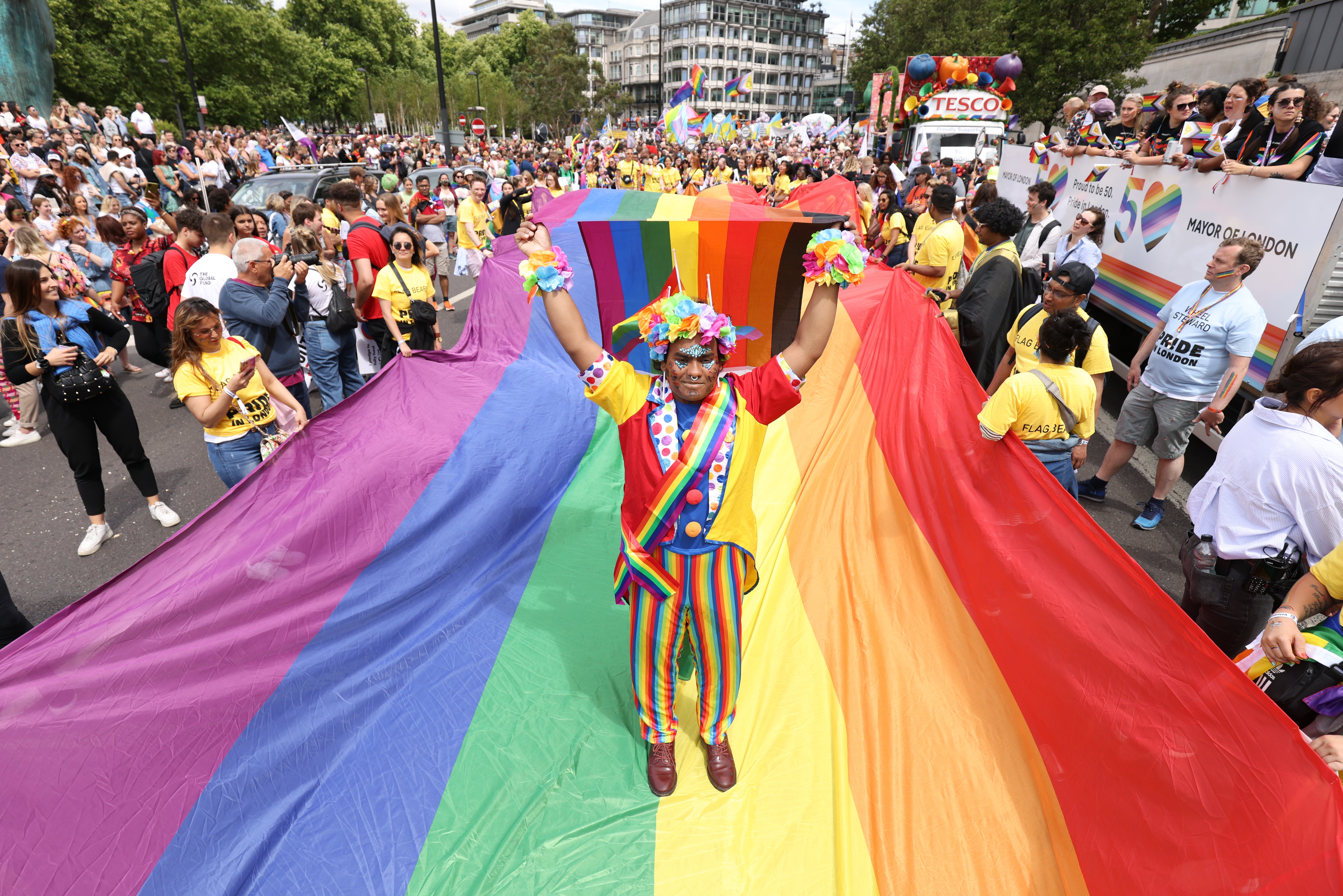Gen Z twice as likely to identify as LGBT+
Census data from England and Wales reveals the true picture of sexual orientation for the first time

People aged between 16 and 24 years old are more than twice as likely to identify as LGBT+ compared to the general population, according to new census figures which reveal the true picture of sexual orientation in Britain.
The Census 2021 asked the nation questions about their gender identity and sexual orientation for the first time in 200 years of data gathering. The questions were voluntary and were only asked of people aged 16 and over in England and Wales.
Those aged between 16 and 24, commonly known as Gen Z, were the age group most likely to identify as lesbian, gay, bisexual or another minority sexual orientation, the Office for National Statistics (ONS) reported on Wednesday.
They were more than twice as likely to identify as LGBT+ compared to the overall population – at a rate of 6.91 per cent compared to 3.16 per cent.
More Gen Zers identified as bisexual over any other sexual orientation, with 4 per cent of the age group saying they were attracted to both men and women. This was twice the amount of 16 to 24-year-olds who identified as gay or lesbian only – 4 per cent compared with 2.11 per cent.
However, this was reversed in all other age groups, who were more likely to identify as gay or lesbian.

There was also a high proportion of people between 25 to 34 years old who identified as LGBT+, but this decreased with each successive age group.
The census figures showed that women were slightly more likely to identify as lesbian, gay, bisexual or another minority sexual orientation than men – 3.32 per cent compared to 3 per cent.
Women were also twice as likely to say they were bisexual compared to men. More than two-thirds, or 70.5 per cent, of people who identified as bisexual were female.
The ONS published its initial findings on sexual orientation and gender identity in early January when it revealed that more than 250,000 people in England and Wales identify as transgender.
Around 1.5 million people (3.2 per cent) identified as LGBT+, telling the census that they were either “gay or lesbian”, “bisexual”, or “other sexual orientation”.
At the time, charity Stonewall hailed the results as a “historic step forward”.
Nancy Kelley, Stonewall’s chief executive, said: “For the past two centuries of data gathering through our national census, LGBTQ+ people have been invisible, with the stories of our communities, our diversity, and our lives missing from the national record.
“Today is a historic step forward after decades of Stonewall campaigning to record sexual orientation and gender identity in the census, finally painting an accurate picture of the diverse ‘Rainbow Britain’ that we now live in.”





Join our commenting forum
Join thought-provoking conversations, follow other Independent readers and see their replies
Comments